The Wayward Wormhole Barbados 2026
May Blog
Why do we insist on creating “destination workshops?” We believe personal experiences add interesting elements that ring with authenticity to a writer’s worldbuilding. Here are a few things I wouldn’t have learned about Barbados by doing research online.
- Barbados is a coral island with over eighty-five percent of the island’s surface composed of coralline limestone. How does this affect daily life? It turns out that this coral bed keeps pushing upward, making it difficult to maintain the roads. As we traveled around the island, we encountered major thoroughfares closed off because a shift in the coralline caused the road to collapse. Potholes were everywhere. The locals would swerve or suddenly dropped their speed to save wear and tear on their vehicles. Repairs were constant, yet the potholes and collapses kept happening—usually in the same spots.
- Because of the tropical heat in Barbados, sheep do not have wool. They look like goats, but with longer tails and are raised for their meat.
- Barbados has tiny tree frogs that emit a high-pitched whistle starting at dusk and go late into the night. I’m used to the late summer, early autumn chirping of the tree frogs in North America. It took a few nights to get used to the volume of noise those little creatures made outside our windows.
- Barbados has few snakes—none that are native to the area, anyway. The Small Indian mongoose has made sure of that. Is a good thing? I’m familiar with snake danger—I’m not so familiar with mongoose danger.
- Friendly acknowledgements are a custom in Barbados. Anytime Cat and I approached someone’s space, whether we wanted to talk with them, or were just passing by, Barbadians look directly at you and say hello, or good evening, or another friendly greeting. It made me feel welcome and safe. I can’t tell you how nice that was.
- The West side of the island has powerful, crashing waves that leaves grey sand along the shoreline. The East side of the island has calm waters and powdery, white sand—great for swimming, and full of marine animals like manta rays, and both the Leatherback and Hawksbill Turtles. The Southern area in between the two, mixes the two sands together, giving it a pink hue.
I’m sure you would note different things than me, but time is short now, and noting the difference between research and experiencing a location’s reality can’t be emphasized enough.
The application window for The Wayward Wormhole Barbados – The Art of the Novella closes on May 15, 2025.








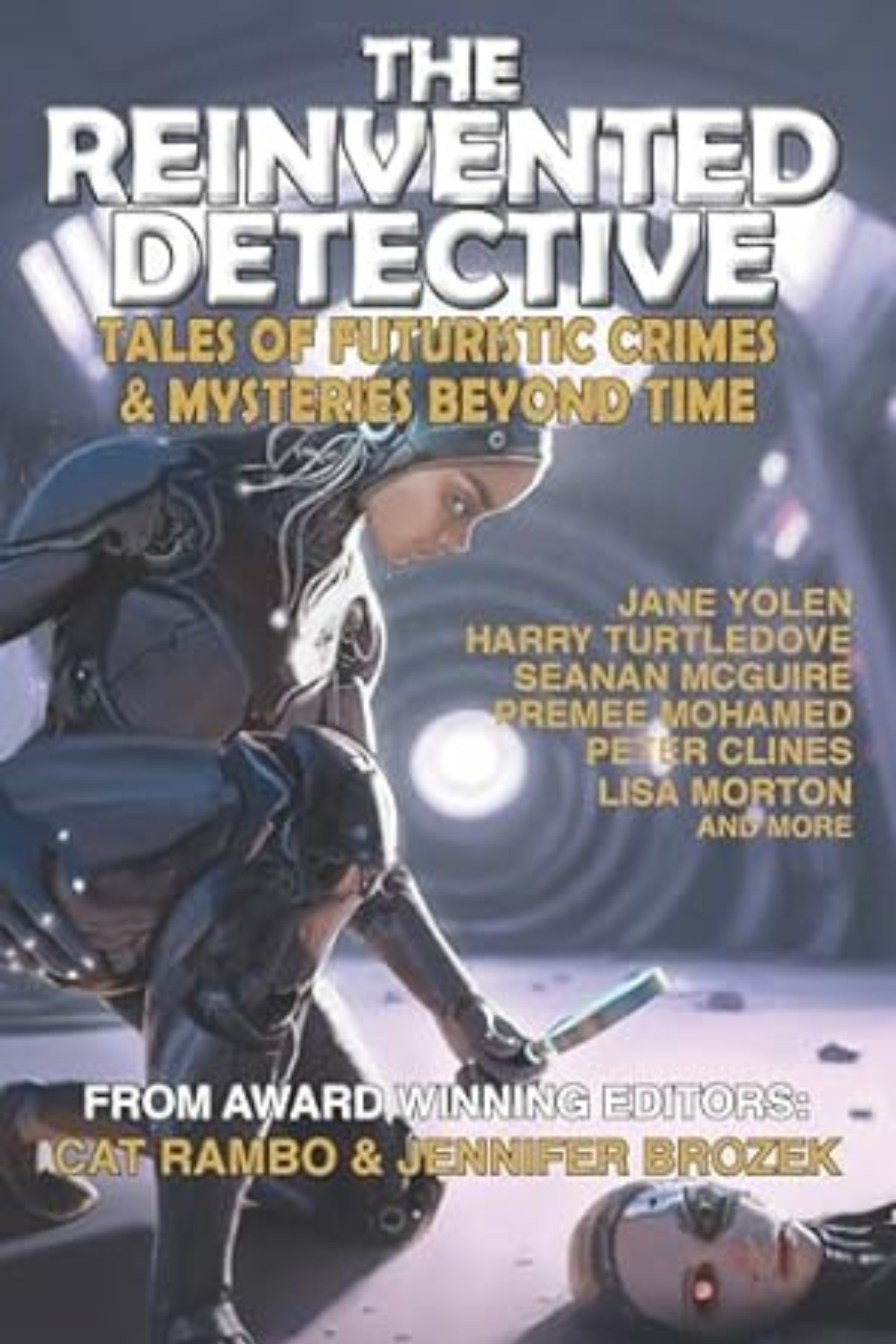

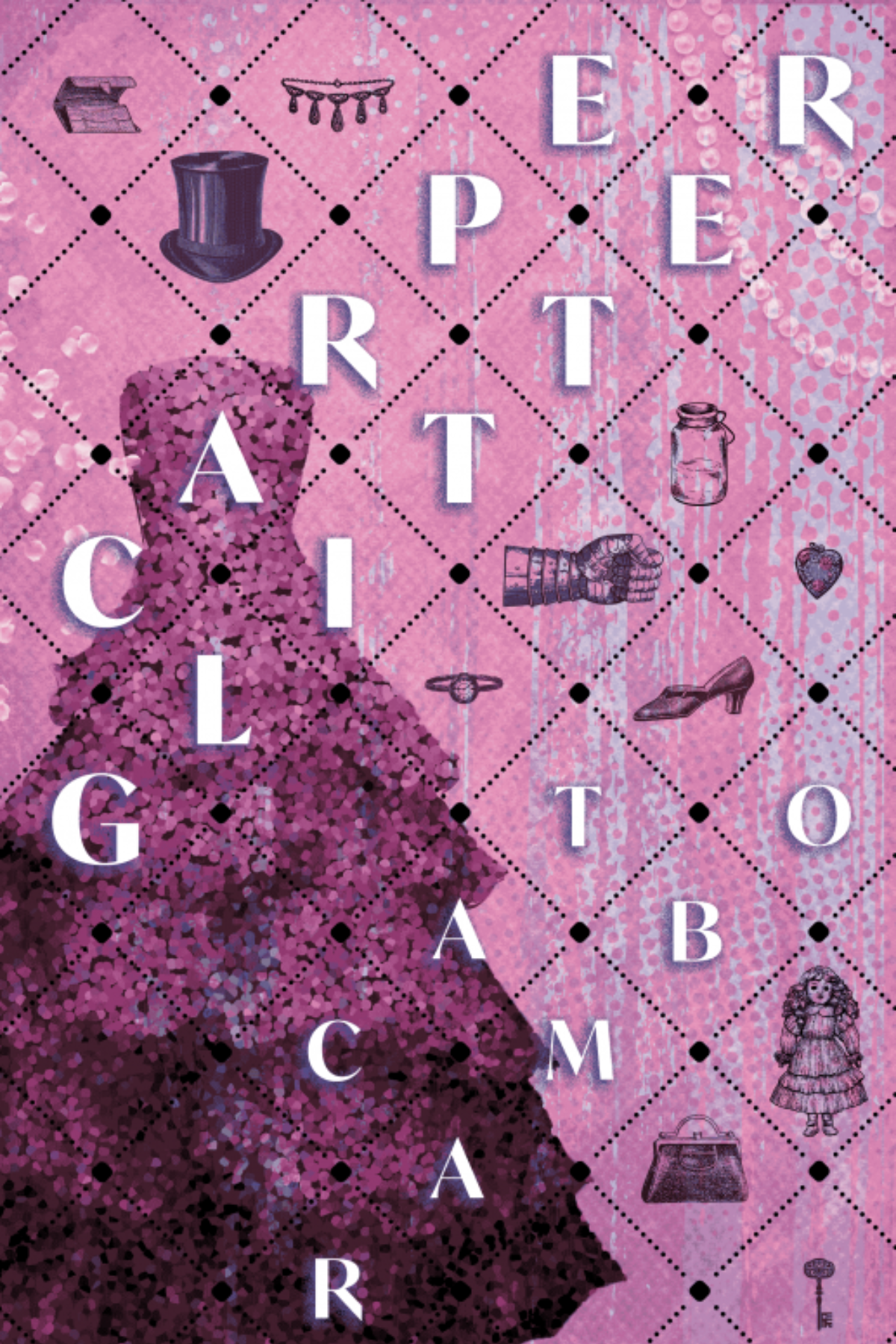
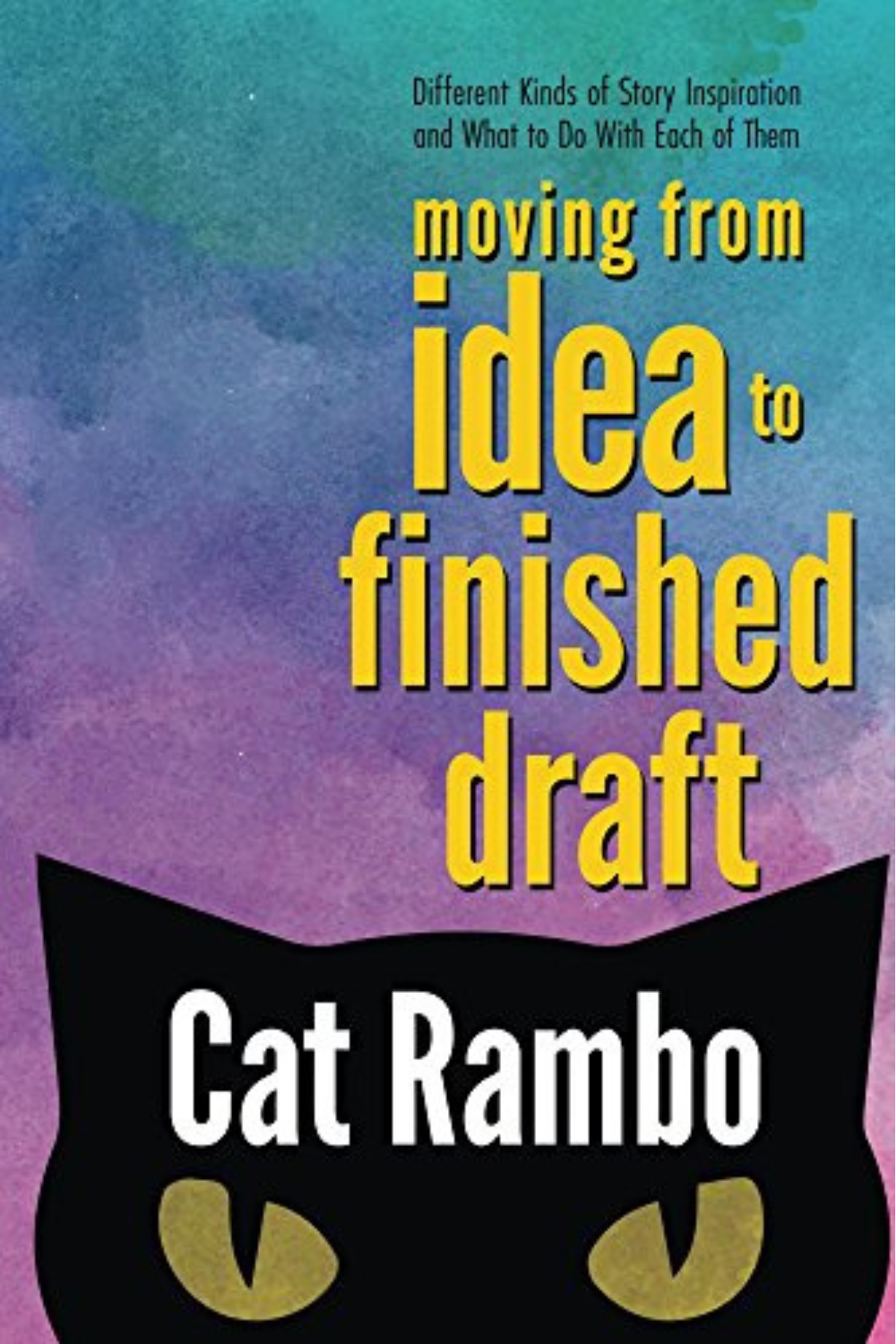
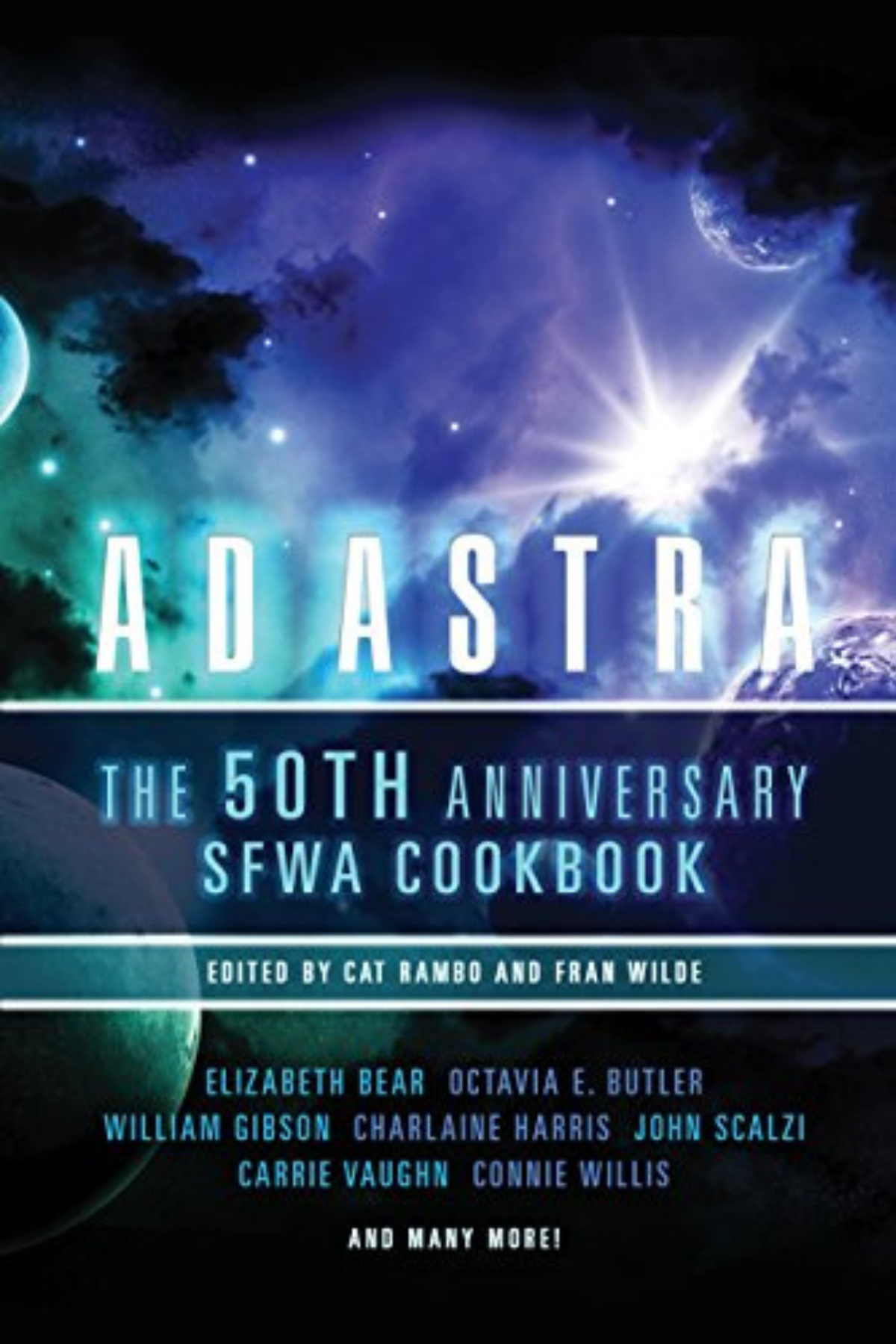

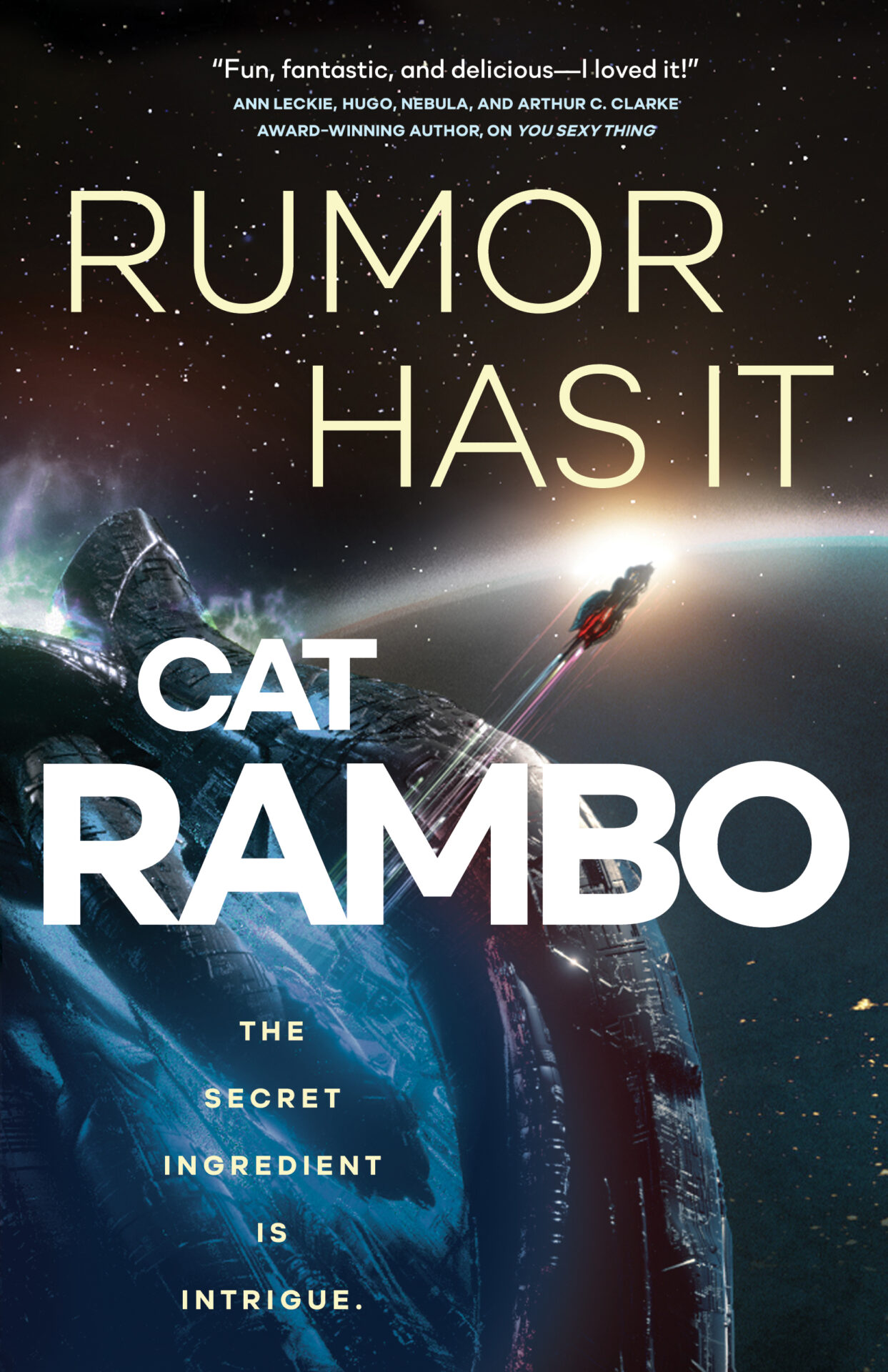
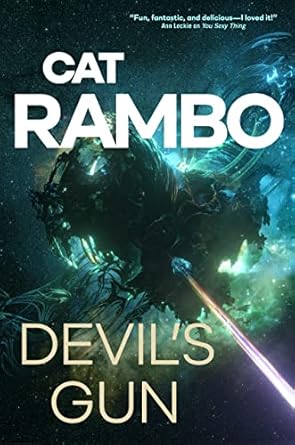
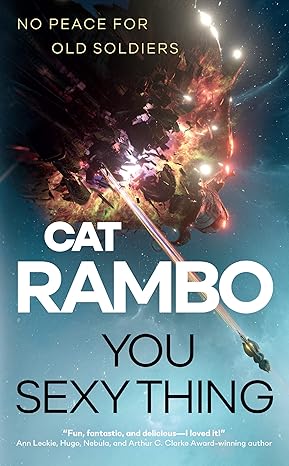

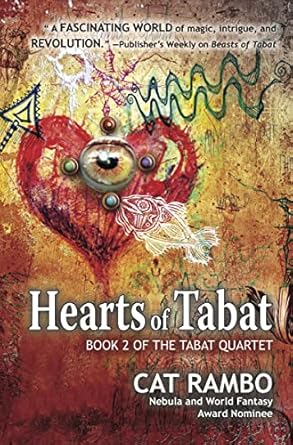

 The latest dispatch from Janet:
The latest dispatch from Janet: